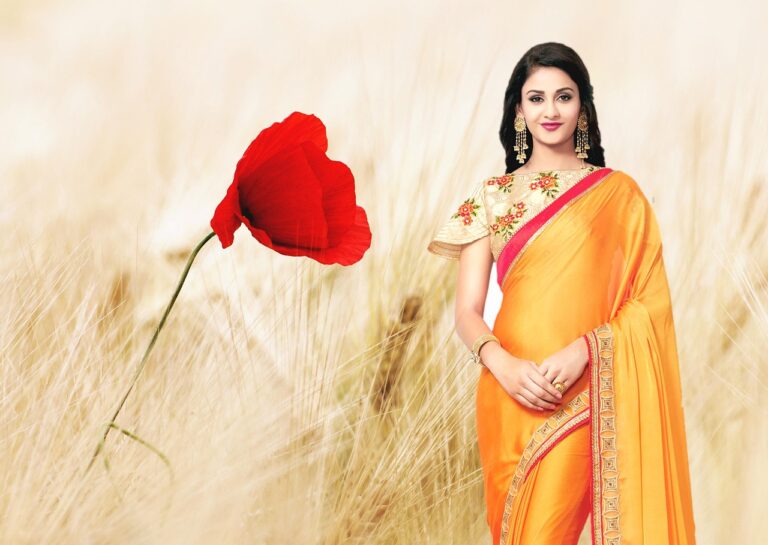Fashion Diplomacy: How Clothing Can Shape International Relations
Cultural dress plays a significant role in shaping individuals’ perceptions and impressions of others. The way a person dresses can often convey their cultural background, beliefs, and values without any verbal communication. In many societies, people associate certain garments or styles of dress with specific cultural identities, which can influence how they interact with individuals from different cultural backgrounds.
Moreover, cultural dress can also impact how individuals are perceived in various social settings. For example, wearing traditional attire may lead to assumptions about one’s heritage, social status, or level of conservatism. These preconceived notions can either enhance or hinder one’s ability to connect with others, depending on the context in which they are interacting.
• Cultural dress plays a significant role in shaping individuals’ perceptions and impressions of others.
• The way a person dresses can convey their cultural background, beliefs, and values without any verbal communication.
• People associate certain garments or styles of dress with specific cultural identities, which can influence how they interact with individuals from different cultural backgrounds.
• Wearing traditional attire may lead to assumptions about one’s heritage, social status, or level of conservatism.
• Preconceived notions based on cultural dress can either enhance or hinder one’s ability to connect with others depending on the context.
Historical Examples of Fashion Diplomacy
Fashion diplomacy has played a significant role throughout history in shaping international relations and fostering cultural exchange. One striking example is when Queen Elizabeth I of England used elaborate outfits and sumptuous garments to project power and authority during diplomatic interactions with other European monarchs in the 16th century. Her meticulously crafted wardrobe not only showcased her wealth and status but also served as a tool to influence foreign policy and alliances.
In the early 20th century, renowned fashion designer Elsa Schiaparelli used her creations to bridge cultural divides and promote peace during a time of growing political tensions. By incorporating elements from different cultures and traditions into her designs, Schiaparelli was able to challenge stereotypes and bring people together through a shared appreciation of art and aesthetics. Her innovative approach to fashion diplomacy paved the way for using clothing as a means of communication and understanding across borders.
The Role of Traditional Attire in Global Politics
Traditional attire plays a significant role in shaping perceptions and establishing cultural identities on the global stage. The clothing choices of political figures and diplomats can serve as a form of non-verbal communication, representing their heritage and values to the international community.
In many instances, traditional attire has been utilized as a tool of diplomacy, fostering connections and promoting understanding between nations. By incorporating elements of their cultural dress into official events and meetings, leaders can showcase their country’s traditions and create a sense of mutual respect and appreciation.
How does cultural dress impact perceptions in global politics?
Cultural dress can influence how individuals and nations are perceived on the international stage. It can convey a sense of identity, tradition, and values, shaping how others interact and engage with them.
Can you provide examples of how fashion diplomacy has been used in history?
Yes, historical examples of fashion diplomacy include Queen Elizabeth I using elaborate clothing to display power and prestige, and Michelle Obama wearing designs by foreign designers to promote diplomacy and cultural exchange.
What is the significance of traditional attire in global politics?
Traditional attire can serve as a powerful tool for diplomacy, allowing individuals and nations to showcase their heritage, values, and identity on a global platform. It can foster understanding, appreciation, and mutual respect among different cultures and nations.







